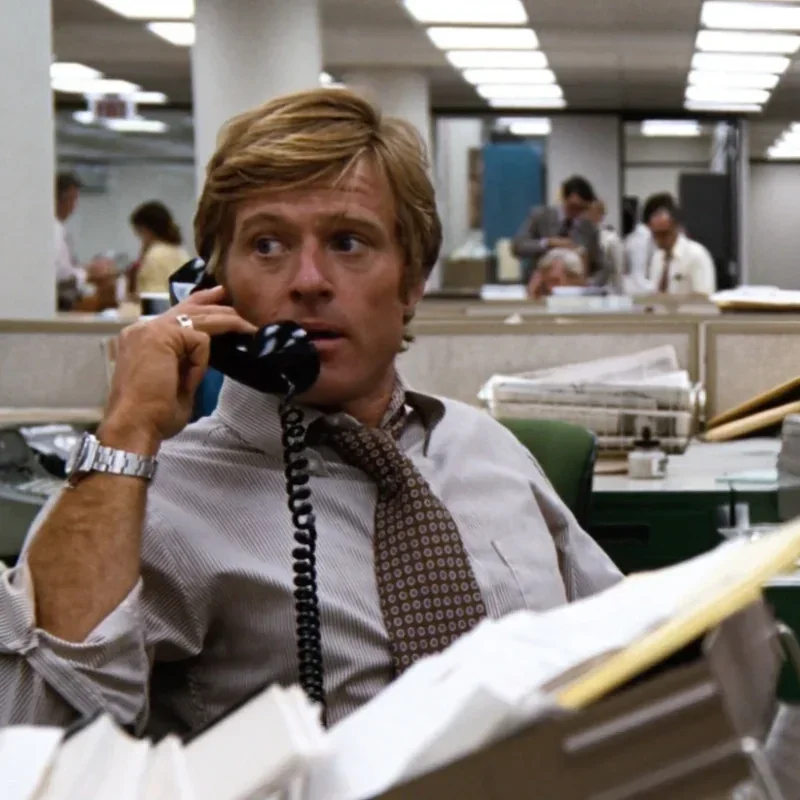Auspicious Advertising: The Russian Thirst For Reincarnation
“The picture was so heavily loaded with symbolism that Tatarsky couldn’t understand how the thin aluminium of the can could support it.” (Pelevin, 1999a)
Babylen Tatarsky’s creative ascent in the advertising world parallels his accelerated descent into substance abuse. In this malleability of reality into what will ultimately become his great ‘Russian idea’, we find two stark illustrations of the increasing weaponization of media. His encounter with a can of Tuborg pilsner in search of relief from a hangover, and Hussein’s torturous video loop of a soldier being killed. Combined, they serve as symbols for the quenching of thirst for true national Russian unity. In the solace of the can of Tuborg he finds the hopeless symbolism of a present national journey leading nowhere, a thirst unquenched. In the murderous mantra of the video loop, he finds only relentless consumption of the product offers the high and auspicious reincarnation and nationalist quenching he’s promised by Gireiev (Pelevin, 1999b). The product advertised is endless ethnic conflict.
Tatarsky is coming down from a revelatory, hallucinogenic, alcoholic nightmare, and in search of immediate cure for a raging hangover. He awakens to a crisp, fresh Moscow morning. The kind of glorious start to the day which makes hangovers worse. Absorbed in thought and his mind increasingly consumed by both the creative process and as much vodka as possible, he leaves home seeking nearby relief.
His usual morning-after tonic is ten minutes away at the round-the-clock (or as the local drinkers refer to it, the round-the-bend) shop, which proves too far. The kiosks of his professional life prior to advertising are nearer, even if they mean an ethical and medicinal roll of the dice. Tatarksy buys three cans of Danish pilsner Tuborg, and what Pelevin refers to as an analytical tabloid. But Tatarsky’s interested in neither the news nor the analysis. He’s there for the creative calamine of the advertisements.
A large advert for Aeroflot catches his attention, albeit in a negative way. It depicts a married couple in an aspirational, heavenly tropical setting, but Tatarsky feels the ad thirsts for more realism and practicality. He conjures the perception the ad promises to fly passengers to Novosibirsk, but really takes them to heaven. As he concludes to himself, “might as well invent an Icarus airbus” (Pelevin, 1999). A comment not only on the efficacy of the advert, but also perhaps on the health of the airline itself.
His attention is further caught by a colorful ad for an American restaurant on Uprising Square, a vivid contrast of east and west. The restaurant, daubed in neon signage is perhaps menacingly named ‘Beverly Kills’, and supported by action star Chuck Norris. We imagine they serve a lot of red meat to eager Russian diners looking to consume the offal of the west over drinks and supper.
Still nursing his hangover, Tatarsky uses the newspaper for comfort by sitting on it, continuing to drink his Tuborg. He meditates on the Tuborg can’s illustrative design. An overweight, exhausted, thirsty, suited man wipes his brow with a white handkerchief on a bright, sunny day as the path he’s on trails off into the horizon. Inspired by Danish social realist Erik Henningsen’s original illustration (Oakley, 2018), and unable to turn off his internal creative process, Tatarsky begins to compose slogans for Tuborg. Like the nightmare he’s recovering from, he sees the Tuborg path as one of spiritual enlightenment, even though it leads nowhere except death. Everything in the present is empty and meaningless until the end. In the white handkerchief we find symbolism of broader national surrender of hope in the face of increasing western commercialism from the exhausted traveler, with the equally unhealthy hangover in the real world from state socialism as it takes the path into the distance. Tatarsky first concludes with the more hopeful slogan ‘Prepare yourself’, then revises it to the pessimistic variant ‘Think final’ (Pelevin, 1999a). He leans on his fondness for Latin slogans but struggles to remember the specifics. Eager to capture the moment, he rummages through his pockets to find a pen, without success. The idea, like the bubbles in the beer, and perhaps the very notion of a commercial Russian reality, will evaporate into the ether.
The creative moment is short lived, replaced by fear. Hussein, the local kiosk krysha (Ries, 2002), and like Tatarksy, ‘surfacing from a recent fix’, a short, ethnic astrakhan hat on his head, arrives and makes Tatarsky an offer he can’t refuse. Tatarsky, in terror, drops his beer, which traces out in a yellow stream, and a very different kind of abject relief. As he’s led away to Hussein’s nearby trailer, Tatarksy follows the same meaningless path of finality as the exhausted Tuborg avatar, yet with little promise of enlightenment. As Hussein says ‘come on’, Tatarksy considers running, but thinks better of it.
Inside Hussein’s trailer, with its thick curtains and precarious green satellite dish, a television illuminates a half-dark room. A VCR, set to pause, depicts the murderous throat-slashing finale from Bodrov’s ‘Prisoner of the Mountains’ (Bodrov, 1996). Chained to a table, forced to watch the horror on repeat, is an unshaven man in a crumpled jacket with gold buttons. His mouth is bound but on the tape is drawn a large smile in red marker. The emotional and physical torture, perhaps like all the best advertising, is masked by synthetic happiness. Tatarksy’s mind wanders to the captive being in the same position as the protagonist of a recent Korean Air advert. Hussein waves his mobile phone in the direction of the hostage to indicate if the man is ready to make a call. He is not.
Resigned, Hussein presses play, and the carnage murderously loops again. Tatarksy, his mind still consumed by media, thinks it’s a promotional video, where the message is repeated over and over until the consumer has no choice but to commercially submit. The aggressors in the clip are wearing the same ethnic hats as Hussein, suggesting he will do the same to the captive if co-operation isn’t forthcoming. The torture of the man we later find out to be someone a rival kryshi are looking for, leads nowhere. The locus of any quenching is slit. The phone call is never made, the loop endlessly cycles, and the drinking continues.
The symbolism of an endless, hopeless loop of perpetually reincarnated ethnic conflict, weaponized for commercial ends and the quenching of national aspiration is stark. If the Tuborg traveler is on a path to enlightenment which never arrives in the present, such enlightenment might just be gained by the endless consumption of advertising in the future. Watch long enough and you will believe in anything we tell you, even perhaps reincarnation in the form of computer-generated avatars artificially running the country.
The sequence acts as a fulcrum around which Tatarsky’s reality tips from playful commercial wordsmith to social and psychological agitator. He moves from speculation about better ads for beer and travel to existential dread at the loss of national hope and the quenching remedy of endless ethnic conflict. But in doing so, Hussein inadvertently offers a way out, a mantra of consumption which foreshadows the menacing political future Tatarsky’s about to enter.
References:
Bodrov, S. (Director) (1996). Prisoner of the Mountains [Film]. Orion Classics.
Oakley, H. (2018). Erik Henningsen: The Thirsty Man. The Eclectic Light Company. Retrieved from https://eclecticlight.co/2018/05/24/erik-henningsen-the-thirsty-man/
Pelevin, V. (1999a). Homo Zapiens. Penguin Books. p. 129.
Pelevin, V. (1999b). Homo Zapiens. Penguin Books. p. 126.
Ries, N. (2002). Honest Bandits and Warped People: Russian Narratives about Money, Corruption, and Moral Decay. Ethnography in Unstable Places: Everyday Lives in Context of Dramatic Political Change. Durham, N. C.: Duke University Press. p. 276-315.




































